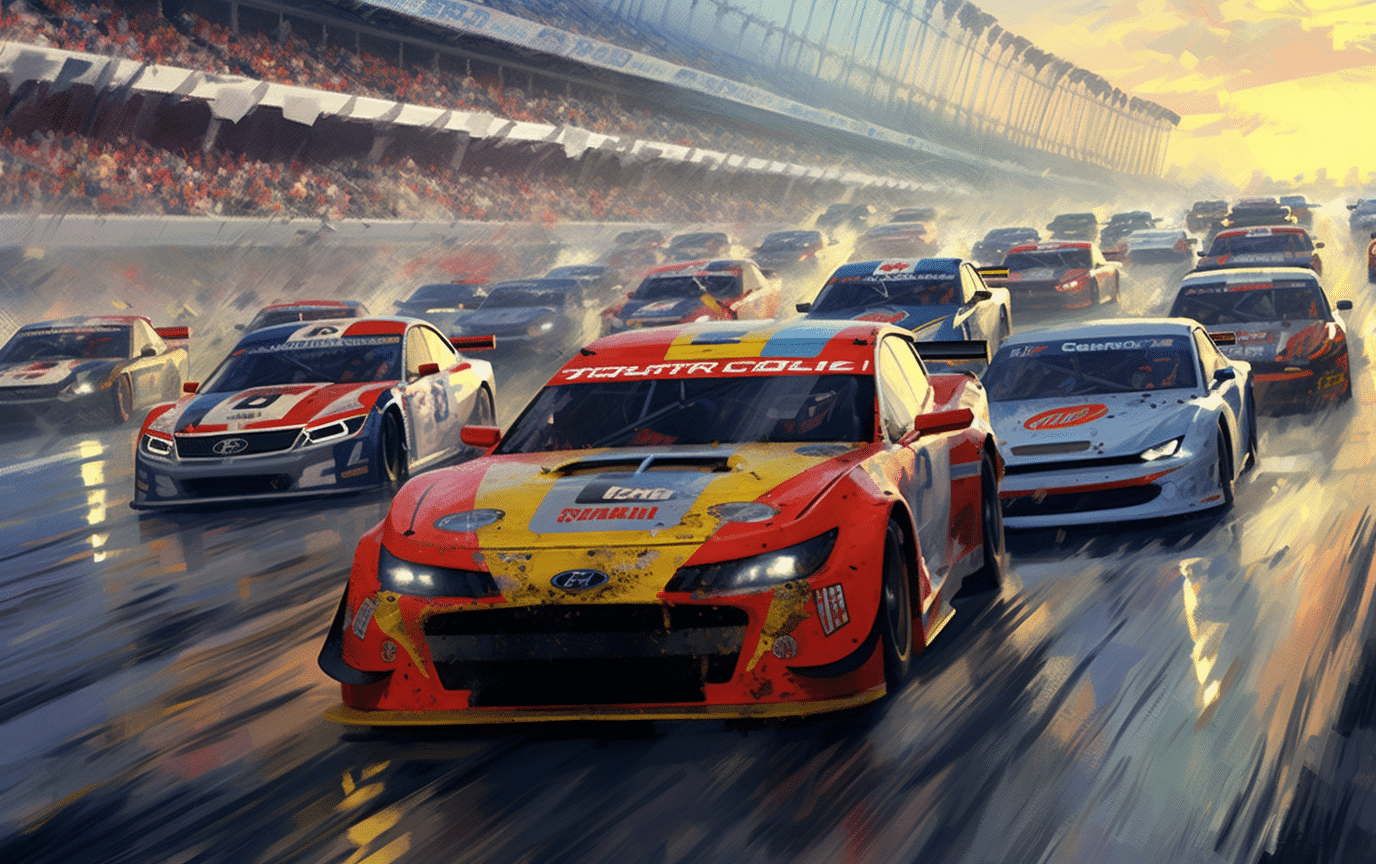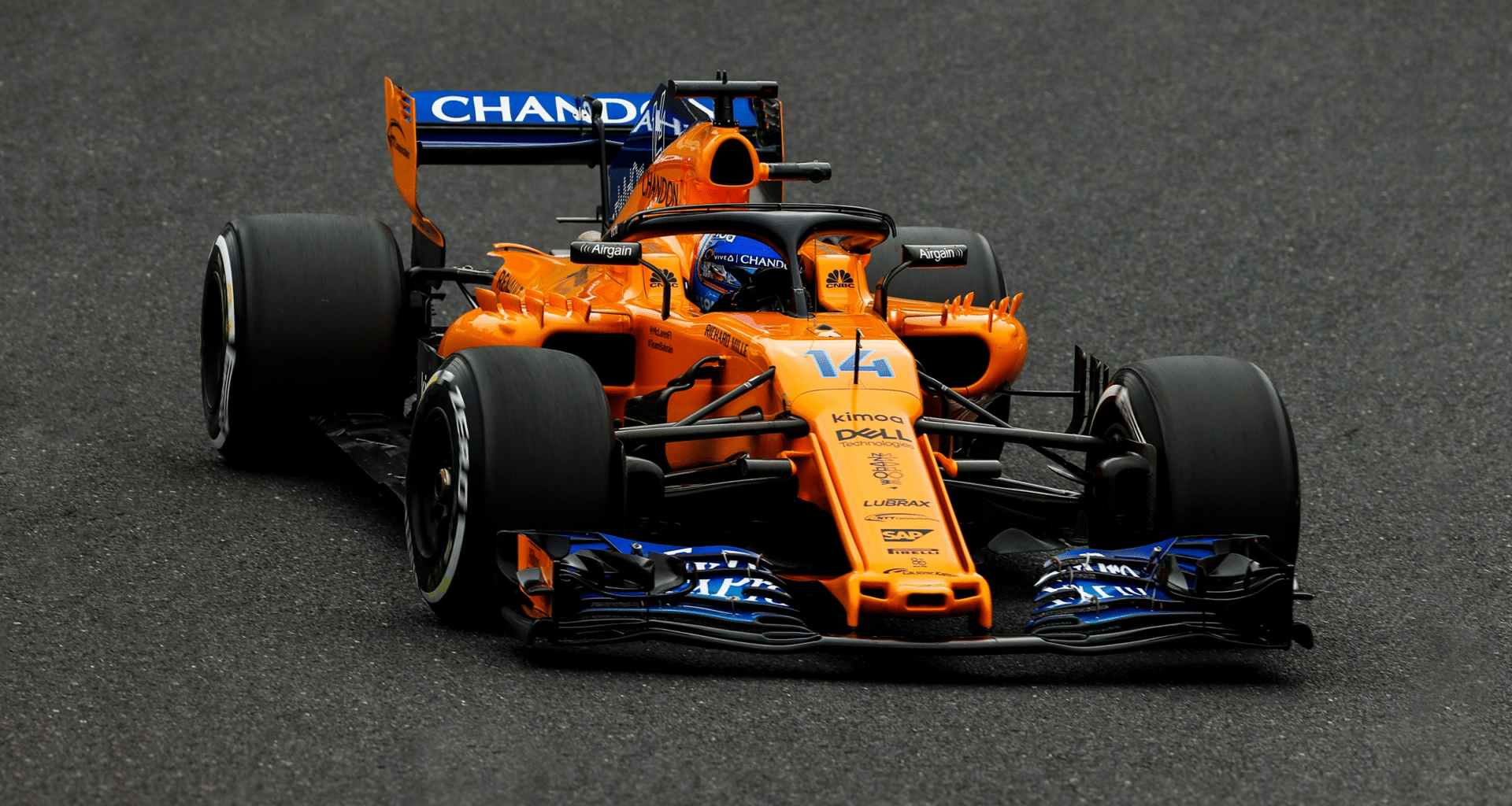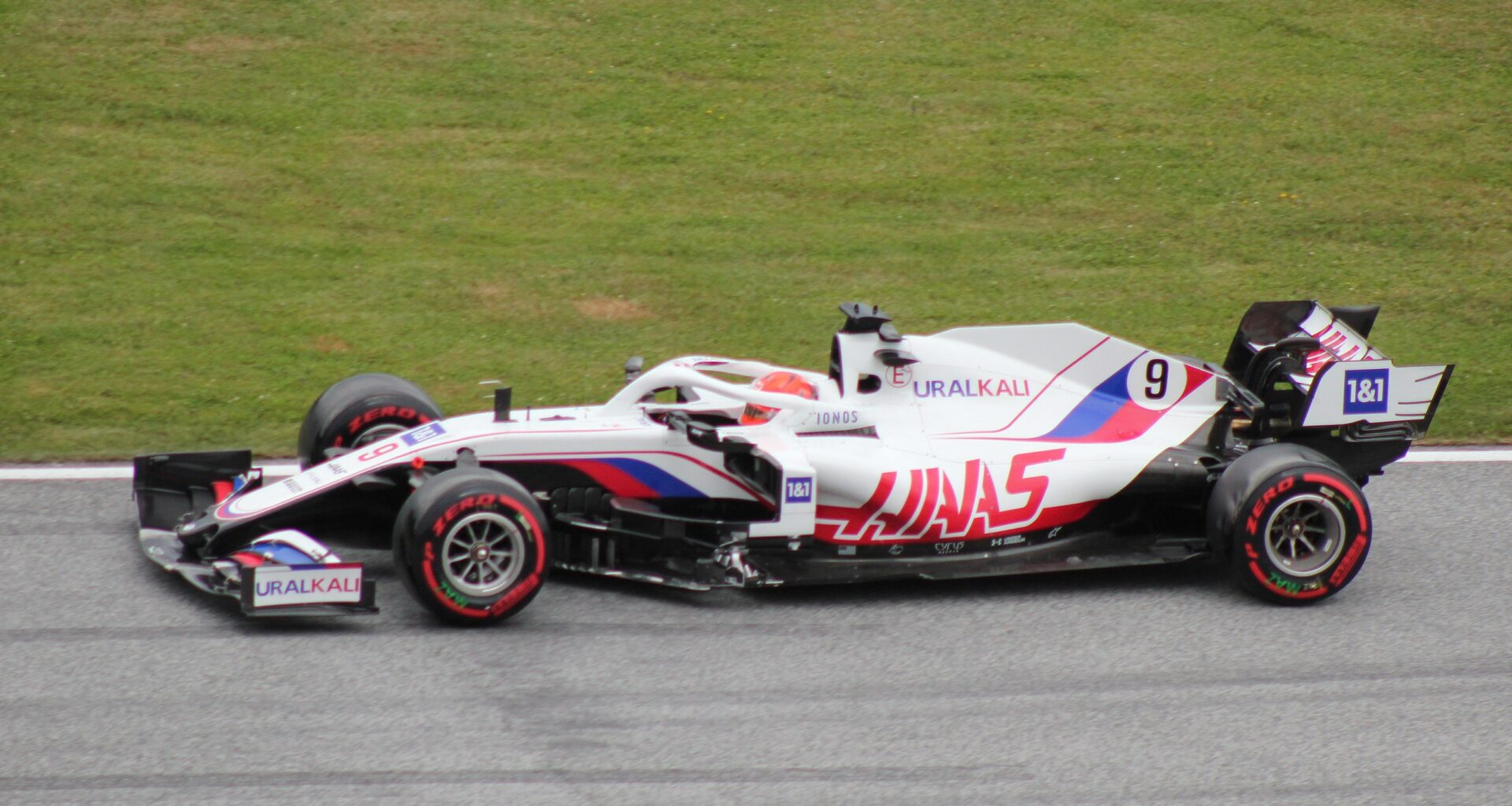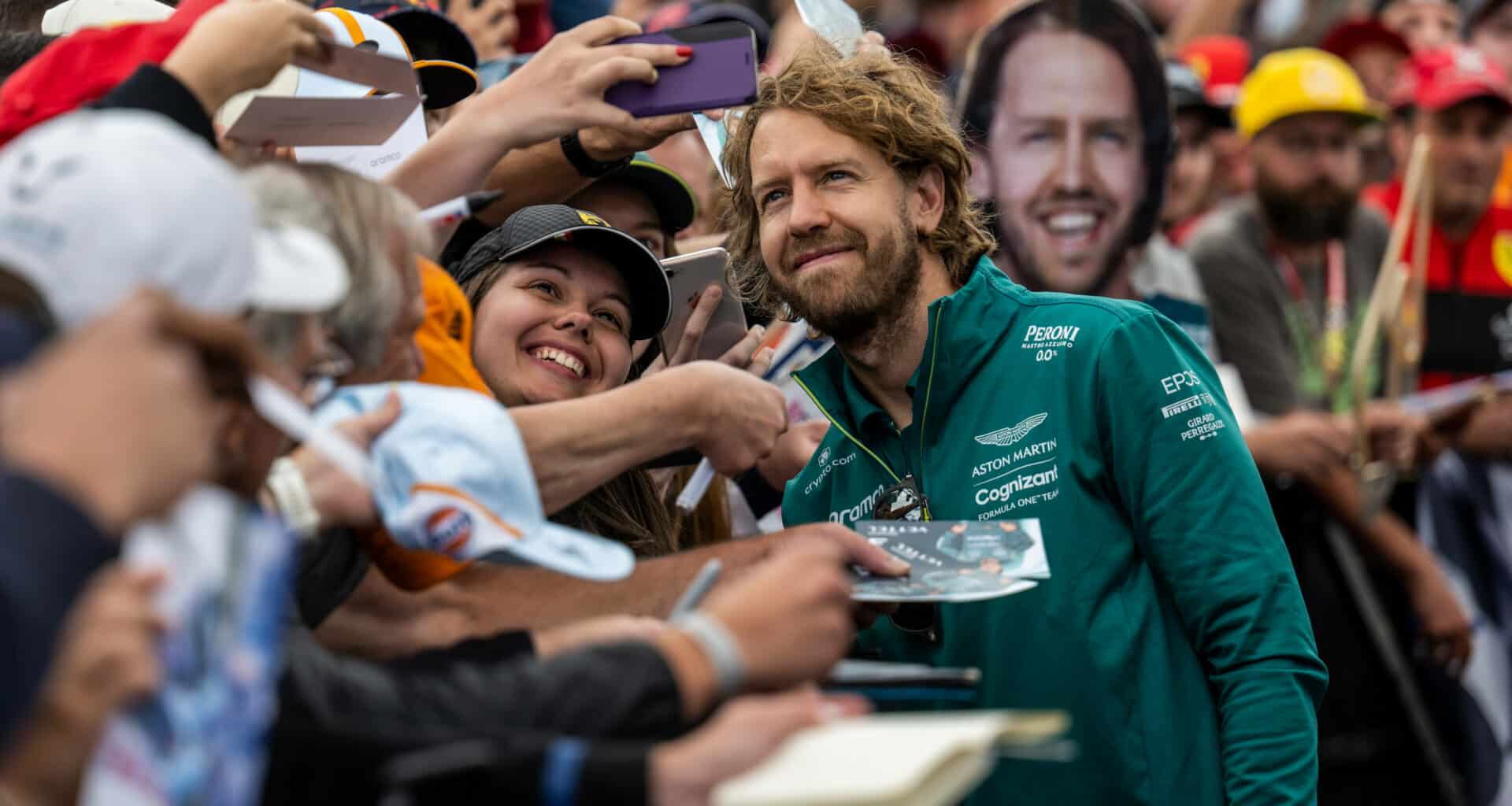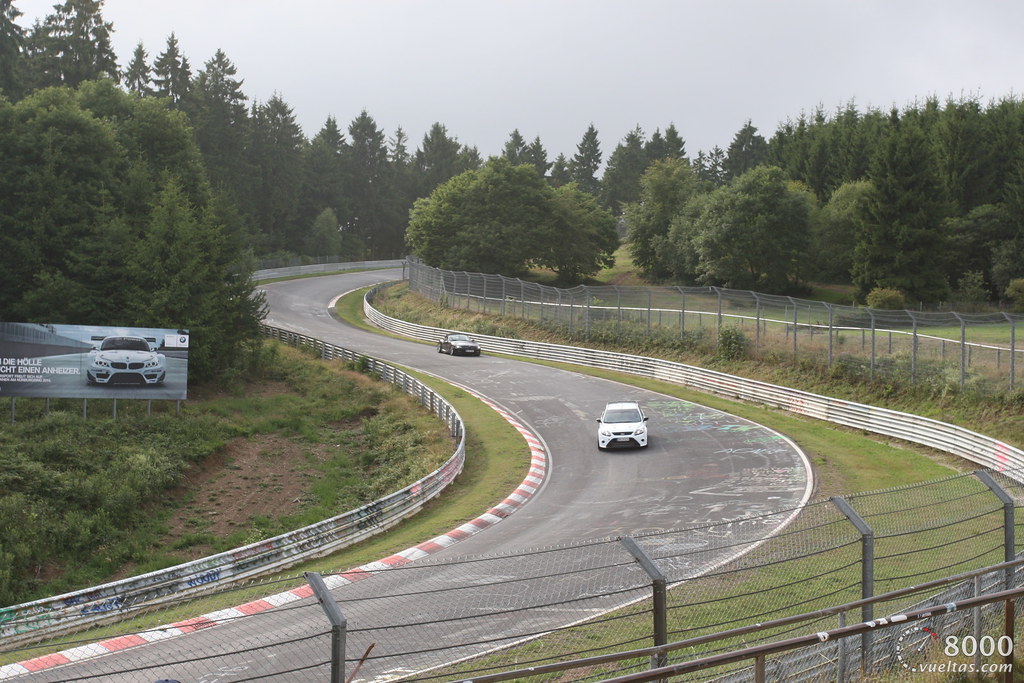The Daytona 500 is an iconic race that has been held annually since 1959 at the Daytona International Speedway in Daytona Beach, Florida. Known as “The Great American Race” and the Super Bowl of stock car racing, the Daytona 500 is a cultural phenomenon that attracts around 200,000 spectators to the track each year. Winning the Daytona 500 is considered one of the most prestigious achievements in motorsports, often kickstarting or revitalizing a driver’s career.
Table of Contents
History of the Daytona 500
The first Daytona 500 was held in 1959 after the construction of the Daytona International Speedway. Lee Petty won the inaugural running of the race in a thrilling photo finish against Johnny Beauchamp. It quickly became one of the marquee events in NASCAR and cemented its status as the biggest race when it became the season opener in 1982.
Some key moments in Daytona 500 history include:
- 1976 – Richard Petty wins after a last lap crash by leaders David Pearson and Richard Petty. Petty’s car limps across the finish line for the win.
- 1979 – Fight breaks out between Cale Yarborough and Donnie and Bobby Allison after a last lap crash.
- 1998 – Dale Earnhardt finally wins the Daytona 500 after 20 years of trying.
- 2011 – Rookie Trevor Bayne shocks by winning in just his 2nd Cup start.
- 2020 – Ryan Newman survives terrifying crash on last lap, won by Denny Hamlin.
The Daytona 500 produces memorable moments year after year, further adding to its lore and prestige in NASCAR. Some other iconic moments include:
- 1968 – Cale Yarborough makes history as the first driver to qualify over 200 mph at Daytona.
- 1970 – Pete Hamilton earns first superspeedway win in a Daytona 500 shortened due to rain.
- 1974 – Richard Petty ties record with 3rd Daytona 500 win while sounding the siren in a Plymouth Roadrunner.
- 2001 – Michael Waltrip breaks 462 race losing streak, wins in first race for Dale Earnhardt Inc.
- 2005 – Jeff Gordon wins his 3rd Daytona 500, having won his first ten years earlier in 1995.
The race has created legends and cemented legacies in its over 60 runnings. It continues to produce memorable, often unexpected, moments year after year, further adding to its prestige in NASCAR.
Why the Daytona 500 is NASCAR’s Biggest Race
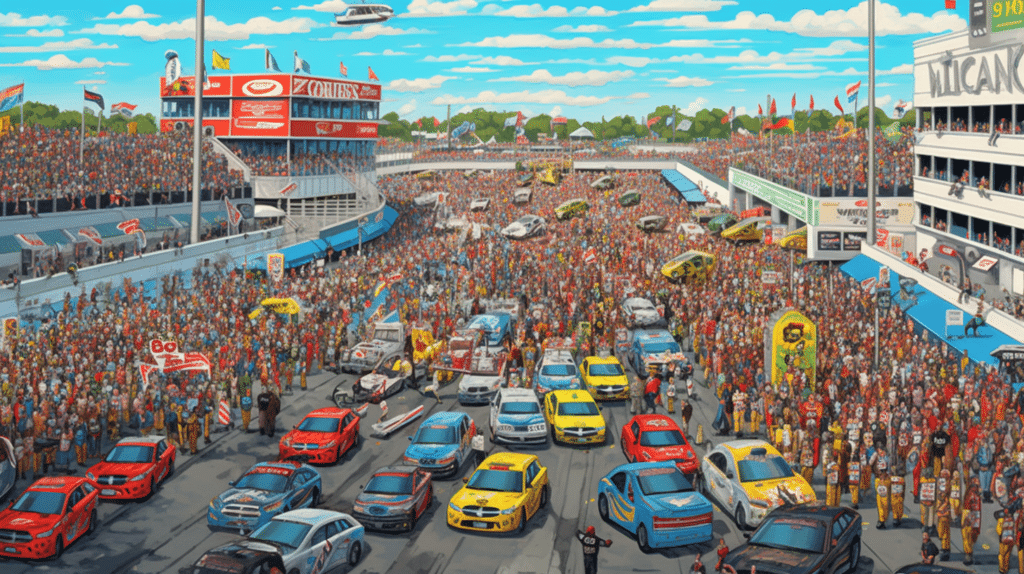
There are several factors that contribute to the Daytona 500’s status as NASCAR’s biggest race of the year:
- Most lucrative race – The Daytona 500 has the largest purse of any NASCAR race, with recent winners earning over $2 million.
- Season opener – Being first, it sets the tone for the NASCAR season and crowns an early champion.
- TV viewership – Upwards of 10 million people watch it live, making it the most viewed NASCAR race.
- Memorable moments – The unique track leads to photo finishes, crashes, and conflicts that draw in casual fans.
The race also attracts many fans who only watch one NASCAR race per year. Much like the Super Bowl, it has become an iconic American sporting event.
The Daytona 500 is undoubtedly the crown jewel of NASCAR. But what exactly makes it so special compared to other marquee races on the schedule?
Much of it has to do with Daytona’s history and significance to the sport itself. Daytona Beach was the birthplace of NASCAR racing in the late 1940s. When Bill France Sr built the Daytona International Speedway, he knew its massive tri-oval design would host NASCAR’s biggest event.
The race also benefits from being the first of the season. With major sporting events scarce in mid-February, the Daytona 500 gained traction as the event that kicked off a new NASCAR campaign. The 1979 live TV broadcast cemented its status and made it a cultural phenomenon.
The unpredictable, aggressive style of superspeedway restrictor plate racing also adds drama and excitement. Almost an entirely different discipline from intermediate track racing, drivers need to master the draft and high-speed packs racing to conquer Daytona.
Event Details
Here are some key details about the on-track action at the Daytona 500:
- Run on Daytona’s 2.5 mile tri-oval track with steep banking in the turns.
- 43 cars compete in a field limited by qualifying races the week prior.
- Cars use restrictor plates to limit speeds to under 200 mph.
- Total race distance is 200 laps for 500 miles, taking about 3 hours to complete.
- A wide range of entertainment, concerts, festivals surround the race itself.
The unique restrictor plate racing at Daytona lends itself to distinct strategies drivers must employ to win:
- Drafting in large packs is essential to maintain speed with reduced horsepower.
- Planned lane strategy comes into play, deciding when to drop to inside or outside lanes.
- Pit stops carry added importance for track position on restarts.
- Big wrecks or “the big one” can eliminate contenders in an instant.
While a strong car helps at Daytona, luck and strategy plays a greater role than at other NASCAR ovals. Being in the right position late in the chaotic draft is often the difference between winning and finishing 30th after getting caught in a last lap crash.
Memorable Daytona 500 Moments
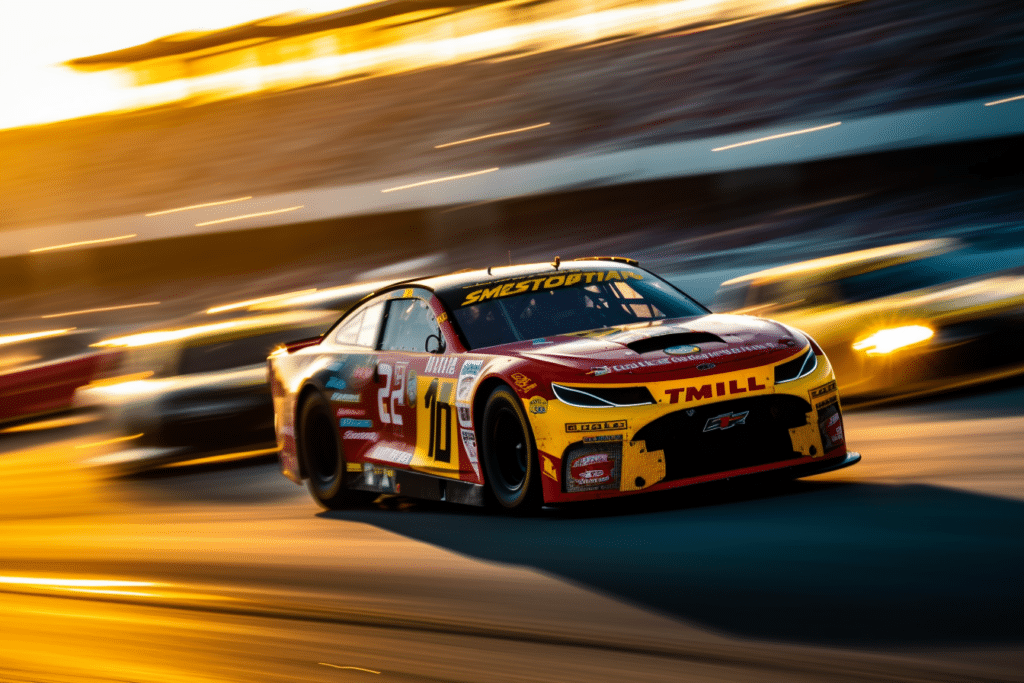
With over 60 runnings of the Daytona 500 in the books, there is no shortage of memorable highlights:
- 1979 – The fistfight between Cale Yarborough and Donnie and Bobby Allison after a last lap crash remains one of the most notorious NASCAR confrontations.
- 1995 – Sterling Marlin spins while leading for a late caution. On restart, he gets black flagged for jumping the start and loses.
- 2010 – A pothole developing in turn 2 delays the race for over 2 hours for repairs to be made.
- 2011 – Rookie Trevor Bayne wins in just his 2nd Cup start after leaders get shuffled late.
- 2020 – Ryan Newman survives a terrifying crash on the last lap after getting turned while leading.
Some other iconic Daytona 500 moments include:
- 1971 – Richard Petty and Plymouth dominate, leading 184 of 200 laps for his 3rd Daytona 500 crown.
- 1976 – David Pearson edges out Petty in a crash on the last lap, coasting across upside down to win.
- 2007 – Kevin Harvick edges Mark Martin by .02 seconds, tied for closest finish ever.
- 2011 – Rookie Trevor Bayne wins his first Daytona 500 on the 20th anniversary of Earnhardt’s only win.
- 2022 – Austin Cindric wins his first Daytona 500 in his debut for Team Penske.
The stories, controversies, and unexpected outcomes are a big part of what makes the Daytona 500 must-see TV year after year.
Impact on Driver’s Career
Winning the Daytona 500 can have a significant impact on accelerating a driver’s career. Recent first time winners like Michael McDowell, Austin Dillon, and Trevor Bayne saw their starpower boosted after taking the checkered flag.
The race carries such prestige that it affords winners greater salary negotiating power and opens doors to more endorsement deals. Winning NASCAR’s biggest race puts drivers on the map in a way few other achievements can match.
Looking through history, breakthrough Daytona 500 victories served as catalysts for some of NASCAR’s greatest drivers:
- Lee Petty – Patriarch of the Petty dynasty, his 1959 win put the Petty name in the NASCAR history books.
- Cale Yarborough – First Daytona 500 win in 1968 was a breakout after years driving inferior equipment.
- Jeff Gordon – His 1995 triumph accelerated his 90s dominance and emergence as a superstar.
- Dale Earnhardt Jr – Established himself outside his father’s shadow with emotional 2004 win.
A Daytona 500 victory early in a driver’s career sets them up for stardom. Winning NASCAR’s biggest race still represents a crowning achievement for veterans looking to cement a legacy.
Why Some Drivers Never Win
Given the race’s significance, it may seem surprising that some accomplished veterans like Kyle Busch, Kevin Harvick, and Martin Truex Jr. have never won the Daytona 500. There are a few factors that contribute to first time winners being common:
- Restrictor plates add unpredictability, putting more emphasis on strategy and luck.
- Being in the right place at the end is often more crucial than having the fastest car.
- The best drivers split victories as they often wreck battling for the win.
- Superspeedway racing is a different discipline that doesn’t always suit certain drivers.
While talent is still important, the nature of restrictor plate racing means the drivers with the most Daytona 500 wins are not necessarily the best overall drivers.
Some notable veterans still seeking their first Daytona 500 victory include:
- Kevin Harvick – 58 career wins but heartbreak in 2007 and runner-up finishes in 2018, 2020.
- Kyle Busch – NASCAR’s active wins leader with 60 but can’t conquer Daytona 500.
- Martin Truex Jr – Dominant on intermediate tracks but no top-5s in 16 Daytona 500 starts.
- Brad Keselowski – Won every major except Daytona 500, best finish is 3rd.
While their resumes suggest otherwise, some talented drivers will end their careers ringless in their pursuit of winning the Daytona 500.
Prediction for 20xx Daytona 500
Heading into the 20xx Daytona 500, Denny Hamlin and Chase Elliott share the best odds to win as 3-1 favorites. Hamlin is going for an unprecedented fourth Daytona 500 victory after wins in 2016, 2019, and 2020.
Ryan Blaney and Joey Logano are other recent Daytona winners to watch. Young drivers like William Byron and Tyler Reddick could be darkhorses in their first Daytona 500 starts.
The headlines early in Daytona Speedweeks have focused on veteran Kevin Harvick, who has still yet to win NASCAR’s biggest race despite 58 career Cup wins. Expect Harvick to be extra motivated trying to check this box and other winless veterans like Martin Truex Jr and Kyle Busch to be equally hungry.
Here are some key storylines to follow as we approach the 20xx Daytona 500:
- How will the new Next Gen car impact the chaotic superspeedway racing?
- Can Denny Hamlin become the first to win 4 Daytona 500s?
- Which veterans without a win will breakthrough in possibly their final attempt?
- Which rookie will impress and contend in their Daytona 500 debut?
Restrictor plate races at Daytona already produce enough drama and intrigue. The 20xx edition looks set to deliver more of the iconic moments and memories that define the Great American Race.
Conclusion
For over 60 years, the Daytona 500 has held a special place in NASCAR and motorsports, living up to its “Great American Race” moniker. The unpredictable and exciting nature of restrictor plate racing on Daytona’s mammoth tri-oval has produced many of racing’s most memorable finishes and moments.
Winning the 500 continues to represent drivers stamping their name in NASCAR history books. With its rich history and tradition, coupled with modern storylines, the Daytona 500 will keep its place as the biggest, most important stock car race every year for decades to come.
